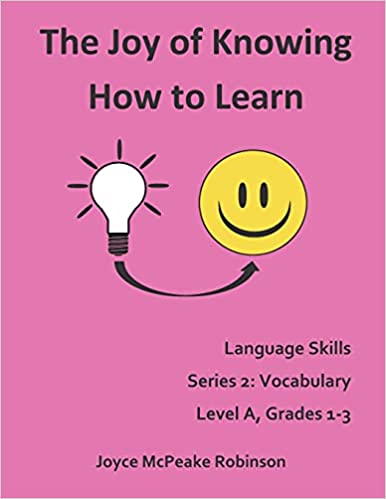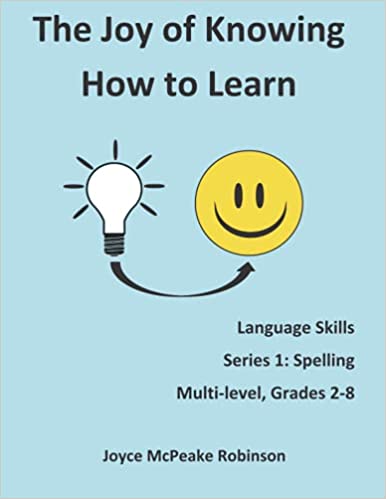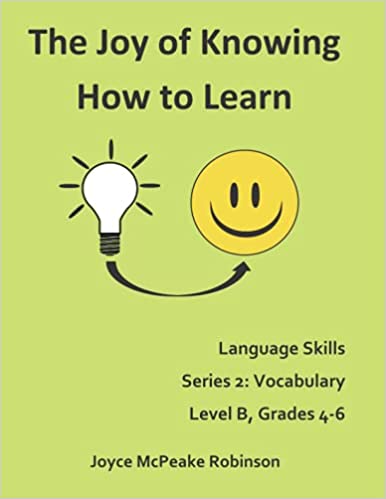The Joy of Knowing How To Learn:
- The first question about learning is: “How,” not “What.”
- If students are taught how to learn language skills, they can easily take in much more information.
- Modern brain research supports spelling which advances reading and other language skills.
- Correctly writing out words activates four different sensory receivers.
- This learning method in the workbook series positively affects reading, writing, speaking, and listening on a neurolinguistic level.
The Knowing How to Learn Series – Teaching children how to learn,
before teaching them what to learn
To view more Testimonials of the Workbooks click here.


